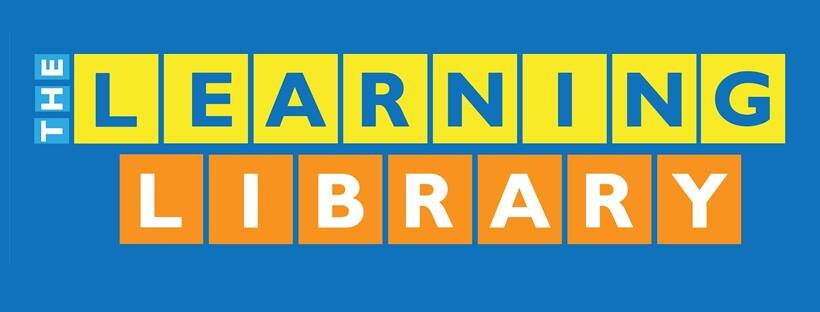Why is Filipino difficult for my kids when we speak it at home?
Chatty Tolentino, Researcher
Your child is able to talk to everyone at home in Filipino. Yet when their Filipino subject grades are released, you’re surprised at the low marks and realize they’re not fluent in Filipino after all. How did this happen? And what can you do?
The short answer: there’s conversational Filipino, and it’s different from the formal Filipino language. Your child has not been exposed to the formal Filipino that’s used in academic life, and in early school years may have gotten by using context clues and “testing skills”.
It’s not too late to do something about it! We’ve spoken to teachers of WIKA’Y GALING!, the flagship Filipino enrichment program of THE LEARNING LIBRARY, which has been helping students improve their Filipino language skills for over 10 years. Here, they share tips on helping children improve in Filipino at school.
Filipino at home and in school
THE LEARNING LIBRARY’s Curriculum Head Niki Calma finds that the biggest differences between the Filipino spoken at home and the one learned at school are vocabulary, grammar, and sentence structure.
Teacher Niki explains that informal language is used in daily conversations and has less strict rules in usage. “Code-switching (from Filipino to English, and vice versa) is welcome as long as you or your child can get both your points across,” she says. “For instance, when a specific word is forgotten or unknown in the first language used, code-switching comes naturally.”
Children use words not found in the dictionary, such as colloquialisms, slang, or invented and derived words that may not have even originated from Filipino. Using the Filipino language to converse in their daily lives can help your child become confident in speaking it.
Teacher Niki, however, emphasizes that this may not be enough for them to excel in school: “Schools have a standard especially in language learning, and most schools aim for students to become skilled in all of a language’s aspects: reading, writing, speaking, and comprehension in listening and reading.” Check out this article to know if your child’s Filipino is good enough for his grade level.
Thinking in Filipino
According to Teacher Niki, children do not necessarily have to think in Filipino to be fluent; however, she highly encourages them to develop a Filipino mindset. She acknowledges the difficulty of imposing this especially if English is the well-established first language: “Some people are easily able to switch back and forth between thinking and speaking in English and Filipino but this will take a lot of practice for those who haven’t already been doing this to start with.”
The ability to think in Filipino will increase your child’s understanding of the language’s technicalities and sensibilities and help them communicate in proper sentences. Thinking in English would require time to translate an entire sentence before fully understanding the idea -- not the ideal if you’re taking a test under time pressure.
Teacher Niki uses the structure of karaniwan at di-karaniwang pangungusap (common and uncommon sentences) to illustrate this point: “For those who are well-versed in Filipino, the sentence ‘gutom na ako’ is the natural way of saying that they’re hungry. Children who think in English would be more likely to say “Ako ay gutom” as it follows the direct translation of “I am hungry”. Both sentences are grammatically correct, but one can easily notice, from word place and sentence structure, whether the child is thinking in English or Filipino based on the sentence that they give.” Students who think in Filipino can produce a concise sentence with a clear idea, while those who don’t will have convoluted, less elegant sentences.
Acknowledgement, exposure, modeling
As THE LEARNING LIBRARY’s President, Vanessa Bicomong, emphasizes in her Raising a Bilingual Child webinar, parents need to acknowledge that their children need help in learning Filipino as a second language: “Ang nakakaintindi pero hindi nakakapagsalita ay hindi marunong mag-Filipino.” Being able to comprehend spoken Filipino language in a casual setting does not mean your child will succeed in school.
Once recognized, there are three things that can help your child overcome their language difficulties: exposure, support, and modeling. Of these, exposure is the most critical. “Studies show that language exposure time equivalent to 30% of waking hours is required to achieve fluency,” Bicomong shares. She considers books the most effective means of language exposure: “Aside from expanding vocabulary and recognizing patterns in sentence structures, children will gain the ability to read between the lines and understand the intended message as their reading comprehension improves.”
A parent who is able to support and “walk the talk” is the other important factor. “Children will be discouraged to read if they don’t find it interesting, so read along with them and provide help when they’re having a hard time,” Ms. Bicomong recommends. “Above all, show them you love teaching them Filipino. The attitude towards learning is crucial. Sa gusto, may paraan”.
Find out what help they need
If you’d like to know the specific language skills your child needs help in, THE LEARNING LIBRARY offers a free online assessment for its flagship WIKA’Y GALING! Program. Through a Filipino comprehension tutor, this online, leveled enrichment builds fundamental language skills: reading, writing, speaking, and listening. To know more about THE LEARNING LIBRARY’s Tagalog lessons for kids, sign up for a freeassessment, call 0917-8282669 or send a message via www.learninglibraries.com

